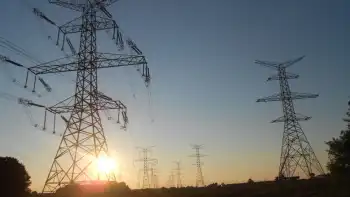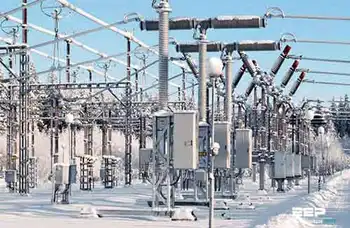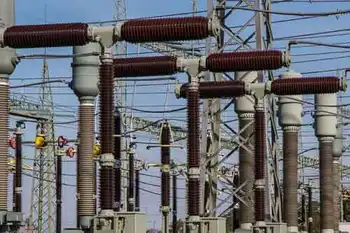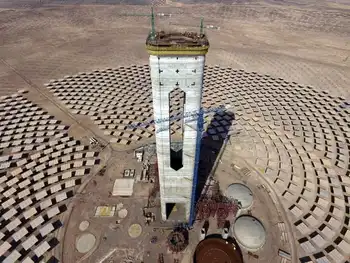Gadgets spike Yukon energy use
By CBC.ca
CSA Z463 Electrical Maintenance -
Our customized live online or in‑person group training can be delivered to your staff at your location.

- Live Online
- 6 hours Instructor-led
- Group Training Available
The meeting was part of a three-day energy charette, bringing together energy experts, Yukon Energy officials and others to discuss the future of energy in the territory.
Yukon Energy president David Morrison said at a recent meeting that most of the 400 gigawatts of electricity generated last year was not used by industrial consumers.
"Three-hundred and sixty of that 400 is residential, commercial and institutional. Forty is industrial," Morrison said.
In fact, people are buying more gadgets like iPods, computers and flat-screen televisions and are driving up energy use as a result, said Morrison and others.
"New toys that we seem to get for the children all want to run off electricity and have some sort of charger plugged in the wall," said Pierre Guimond, president of the Canadian Electricity Association.
Morrison said Yukon Energy will be looking at introducing more programs to encourage people to use less energy.
But with new mines opening up in Yukon — which is further increasing demands for energy — Morrison said the utility will also call for creative ideas on how to provide the energy everyone needs.
"What we'll have to figure out is flexible solutions that allow us to address different load scenarios over time," he said.
"It might include wind, and it may include some small hydro [projects], and it may include some geothermal and waste energy and a whole series of things."
Marc Jaccard, a resource and environmental management professor with Simon Fraser University in Burnaby, B.C., told delegates that Yukoners should get used to uncertainty when it comes to the territory's energy future.
With Yukon's reliance on resource industries — and the "boom and bust" nature of those industries — it can be difficult to plan major electricity projects, he said.
"Assume we'll get it wrong and then say, 'Will we get it wrong in this direction? What if it's in this direction? And what kind of probabilities might we put on those?'" he said.
"Let's test and see with the options that we're looking at, packages of things, which ones perform best under this array of possible futures."
Jaccard said the best thing to do is to be flexible. Some place may rely on wind and others on hydroelectricity, while there will always be a need for diesel at least as a short-term measure, he said.











